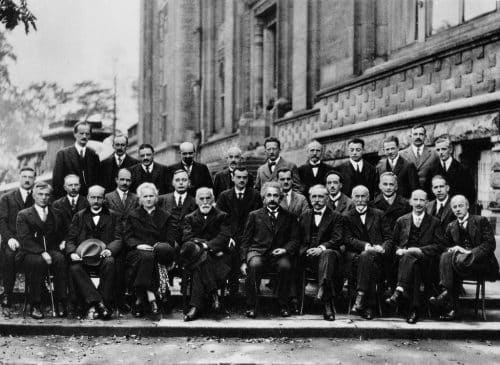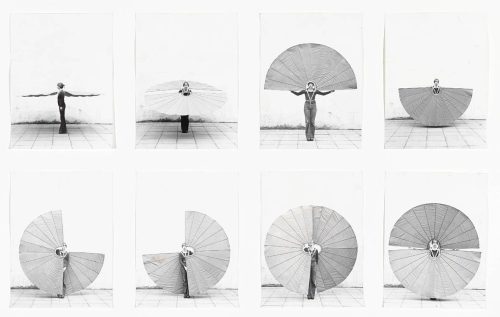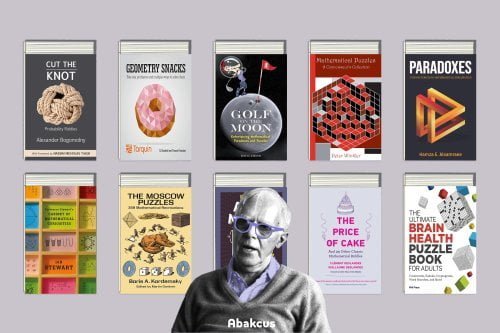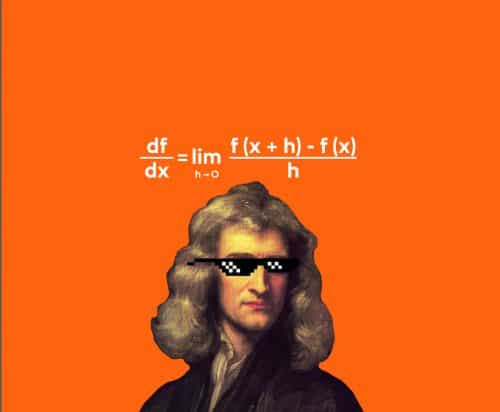Physicists who want to share their knowledge and others who want to learn new things can easily connect through books about physics. In addition, must-read books are a writer’s and reader’s closest companions. The best books make the reader believe they could have written them themselves, as the great thinker and philosopher Pascal said.
We want to keep some physics books to ourselves, and there are others that we think everyone should read. Anyone interested in learning more about the workings of our cosmos should check out the following list of ten must-read physics books.
These works all share a common theme: the tone their authors wrote in them. These books about physics are written as if they were the author’s personal favorite. Listening to or reading these books about physics is enjoyable and educational due to the authors’ obvious enthusiasm for their subject matter.
Reading Books About Physics is the Best Way to Learn Physics!
My recommendation for those who aren’t the best readers is to listen to audiobooks on Audible. Audible allows you to listen to these books about physics while commuting, driving, or doing the dishes at home.
- The World According to Physics by Jim Al-Khalili
- The End of Everything by Katie Mack
- The Sun: A Very Short Introduction by Philip Judge
- Black Hole Survival Guide by Janna Levin
- Galileo and the Science Deniers by Mario Livio
- Shaken, Not Stirred!: James Bond in the Spotlight of Physics by Metin Tolan
- Stephen Hawking: A Memoir of Friendship and Physics by Leonard Mlodinow
- Until the End of Time: Mind, Matter, and Our Search for Meaning in an Evolving Universe by Brian Greene
- The Dream Universe: How Fundamental Physics Lost its Way by David Lindley
- The Physics Book: Big Ideas Simply Explained by by Jim Al-Khalili
The World According to Physics by Jim Al-Khalili
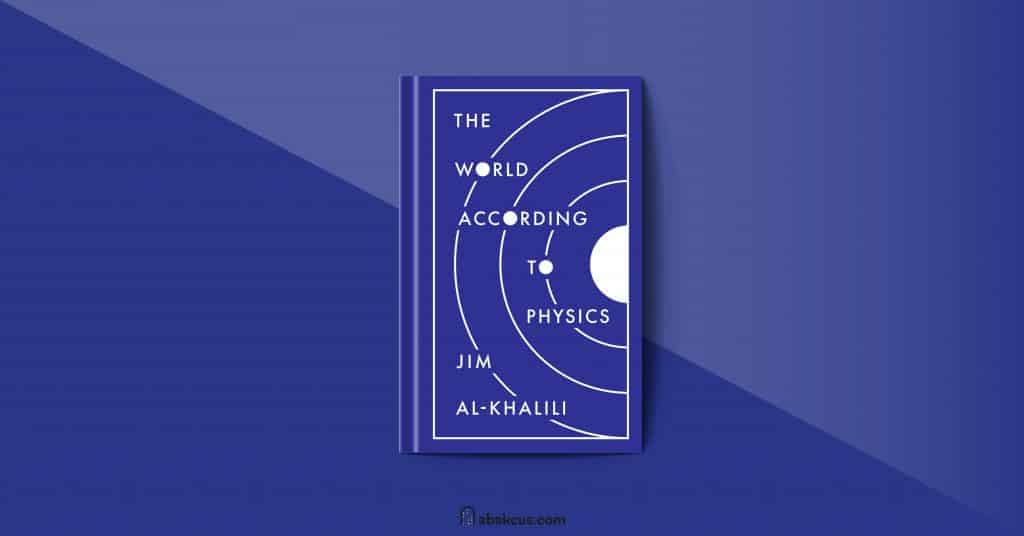
Jim Al-Khalili, a quantum physicist, an author who has been published in the New York Times bestseller list, and host on BBC, gives a fascinating and enlightening look at what science reveals about the world.
Jim Al-Khalili urges all of us to understand what this vitally important branch of science has to say about the world and the nature of reality itself by illuminating the most profound truths that have been disclosed by modern physics and shining a light on these revelations.
Al-Khalili begins by introducing the fundamental concepts of space, time, energy, and matter. He then describes the three pillars of modern physics—quantum theory, relativity, and thermodynamics—showing how all three must come together if we have a complete understanding of reality. Al-Khalili concludes by stating that we will never completely understand reality until we have a complete understanding of the fundamental concepts of space, time, energy, and matter.
Al-Khalili brings the reader up to speed with the most important ideas in physics in just a few sittings by illuminating the physics of the extreme cosmic and quantum scales, the speculative frontiers of the field, and the physics that underpins our everyday experiences and technologies. He does this by using wonderful examples and thought-provoking analogies. The study of physics reveals itself to be an adventurous human endeavor to discover ever more foundational principles that adequately explain the natural world that we perceive around us. This endeavor is guided by fundamental values such as honesty and uncertainty. The knowledge that has been discovered by physics bestows both power and humility onto humanity, yet despite this, physics continues to intrepidly investigate the unknown.
This very insightful book illustrates why physics matters to everyone and calls on anyone and everyone to engage in the profound adventure of pursuing truth in the world around us. Even the most mysterious scientific principles are made approachable and compelling during the book.
“By thinking about what we don't yet know, we can think about how we can best find out. It is the many questions we have asked over the course of our human history that have given us an ever-more-accurate picture of the world we know and love.”
― Jim Al-Khalili, The World According to PhysicsThe End of Everything by Katie Mack

An approachable and enlightening look at five different ways the universe could end and the mind-blowing insights each scenario exposes about the most important concepts in cosmology, brought to you by one of the most dynamic emerging stars in the field of astronomy.
We are aware that the universe had a beginning at some point. As a result of the Big Bang, it went from a state of unimaginable density to an all-encompassing cosmic fireball to a simmering fluid of matter and energy, laying the groundwork for everything from black holes to the one rocky planet orbiting a star near the edge of a spiral galaxy that happened to develop life as we know it. But after everything that’s happened in the novel, what exactly happens to the universe? And what exactly does that imply for us right now?
Dr. Katie Mack has been pondering these concerns ever since she was a young student and her astronomy lecturer told her that the universe could end at any moment, in an instant. This revelation sparked her interest in the subject. After realizing this, she decided to pursue a career in theoretical astrophysics. She takes us on a mind-bending tour through five of the universe’s probable finales with lively wit and humor. These include the Big Crunch, Heat Death, the Big Rip, Vacuum Decay (the one that might happen at any time!), and the Bounce.
The End of Everything is a highly entertaining and surprisingly optimistic voyage that takes us to the furthest edges of all we know. It does this by guiding us through cutting-edge research and major concepts in quantum mechanics, cosmology, and string theory, among many other fields of study.
“Everything you see is in the past, as far as you’re concerned. If you look up at the Moon, you’re seeing a little over a second ago. The Sun is more than eight minutes in the past. And the stars you see in the night sky are deep in the past, from just a few years to millennia.”
― Katie Mack, The End of EverythingThe Sun: A Very Short Introduction by Philip Judge

Because it is the nearest star to Earth, the Sun is critically important to life on this planet, and it is the source of the warm radiation and light that made it possible for complex life to emerge. Solar flares and other high-energy occurrences can pose a risk to our nation’s communication infrastructure and satellites and play a significant part in determining our weather patterns.
In this Very Short Introduction, the author discusses all we now know about the Sun, including its physics, structure, origins, and potential future evolution. Using concepts from fundamental physics and mathematics, Philip Judge explains a few of the mysteries that continue to surround our understanding of the Sun. What causes spots to appear on the Sun? What causes the flame to appear?
As he demonstrates, these inconvenient challenges, along with several others, are connected to the Sun’s continuously variable magnetism, which transforms what would be an otherwise uninteresting star into a machine that floods interplanetary space with variable radiation high-energy particles, and magnetic ejections. Throughout, Judge emphasizes the many reasons that solar study is conducted by scientists and the significance of the Sun itself.
It is no surprise that our ancestors worshipped the Sun. To the ancients, the Sun was the dependable source of light, heat, raw energy, and life itself. For civilizations everywhere throughout time, the rising of the Sun was, as a matter of daily experience, something to be wholly relied upon. Time itself was marked by the Sun’s motions. No aspect of life was unaffected by the Sun. The Sun’s steady brightness and regular motion marked seasons for planting, harvesting, lambing, and calving. Civilizations worldwide honoured the Sun with monuments that were built to endure. The ancients experienced and documented solar eclipses. Such moments caused uncertainty and consternation, leading to awe, fear, and wonder. The temporary darkness during total eclipses served perhaps to remind humanity that the heavens could not entirely be taken for granted.
― Philip Judge, The Sun: A Very Short IntroductionBlack Hole Survival Guide by Janna Levin
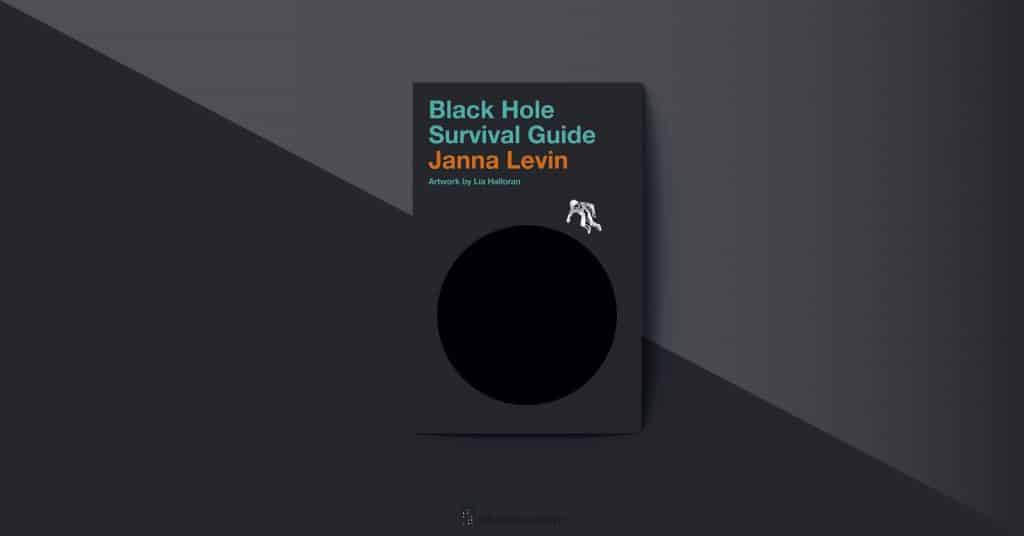
Astrophysicist Janna Levin has made it a point to make the science that she studies understandable and, perhaps more importantly, fascinating to readers who are not themselves scientists through the writing that she has produced. This book, which is filled with unique artwork by American painter and photographer Lia Halloran, is where she enables us to grasp the black hole and find delight in it. The black hole is possibly the most obtuse theoretical concept that physicists have ever created.
Levin takes us on a dramatic journey through the world of black holes, prompting us to conjure up images of what it would be like to have a direct experience with one. She sheds light on the role that black holes play in the formation of galaxies, in the universe’s population, and even in the fabric of the entirety of the reality that we occupy.
The Black Hole Survival Guide is not only useful but also a delightful read from the very first page to the very last page. It is lively, fascinating, and completely original.
“imagine you are an astronaut alone in space. no planets in view. no spacecraft. no distant stars. no source of light. imagine the latent terror, the quiet of space, the strange sensation of floating, the unspeakable dark between wealth of stars.”
― Janna Levin, Black Hole Survival GuideGalileo and the Science Deniers by Mario Livio

The narrative of Galileo may be more important now than it’s ever been. Because the research that underpins these concerns is being incorrectly questioned or ignored, we are currently confronted with significant challenges, such as diminishing the dangers of climate change. Galileo ran into this issue more than three hundred and fifty years ago. The conventional wisdom of the day and the teachings of the church at the time were challenged by his discoveries, which were based on thorough observations and inventive experiments. As a direct consequence of this, the church officials decided to restrict outright people’s ability to think freely by banning his publications.
Mario Livio, an astrophysicist, and the best-selling author, draws on his scientific expertise and uses his “gifts as a great storyteller” to provide a “refreshing perspective” into how Galileo arrived at his groundbreaking new conclusions about the cosmos and the laws of nature. He draws on his scientific expertise and uses his “gifts as a great storyteller.” Galileo was one of the most influential figures in the development of the scientific revolution. He was a freethinker who followed the evidence wherever it took him. He thought that every educated person should have a working knowledge of literature and science. He insisted that his works be written in Italian rather than Latin because he wanted to reach the largest audience possible.
“Galileo was hailed as a Columbus of the heavens. The Scottish librarian Thomas Segeth raved: “Columbus gave man lands to conquer by bloodshed, Galileo new worlds harmful to none. Which is better?”
― Mario Livio, Galileo: And the Science DeniersShaken, Not Stirred!: James Bond in the Spotlight of Physics by Metin Tolan
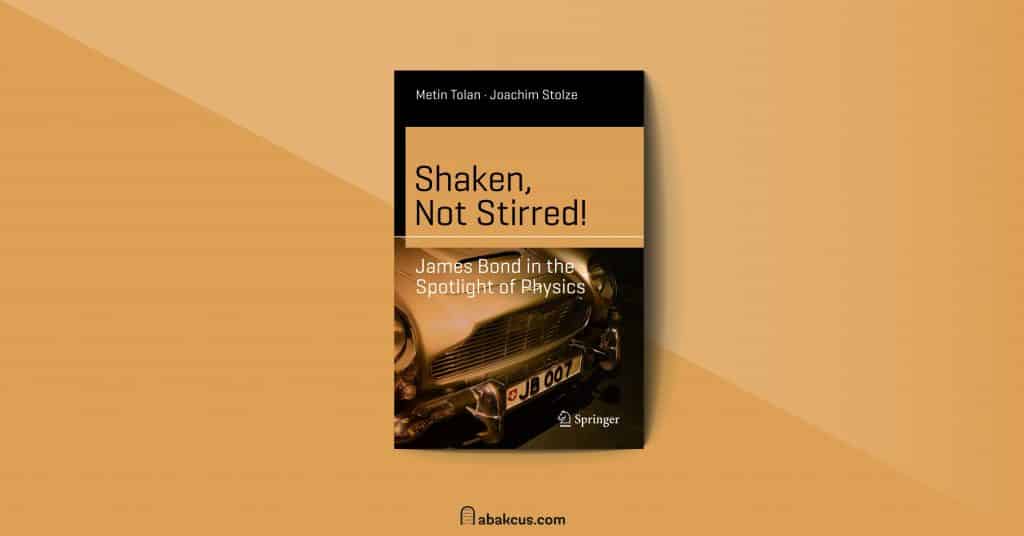
How exactly do James Bond’s X-ray glasses work? He uses them to check if the lady at the roulette table is hiding a gun in her underpants. But how does he accomplish this? Is it possible for a person to launch themselves into the air and catch up with a plane descending at an uncontrolled rate towards the ground? Or to bring down a helicopter with a pistol as the weapon of choice?
Metin Tolan, the most daring physics professor in Germany, examines the stunts and gadgets featured in the 007 films in this entertaining and enlightening book. He even answers the question that has been asked more than any other: why does James Bond shake his vodka martini rather than stir it?
But what does this all-purpose heartthrob have to do with physics? Actually, one should ask the exact opposite question: Does anyone seriously believe that James Bond would still live without knowledge of physics? When 007 pursues villains at breakneck speeds or flees spectacularly from his enemies, he naturally has to follow the laws of physics like everyone else, even if the scene in question seems unrealistic. In order to exploit these laws of physics for his own purposes, he should, of course, master them.
― Metin Tolan, Shaken, Not Stirred!: James Bond in the Spotlight of PhysicsStephen Hawking: A Memoir of Friendship and Physics by Leonard Mlodinow
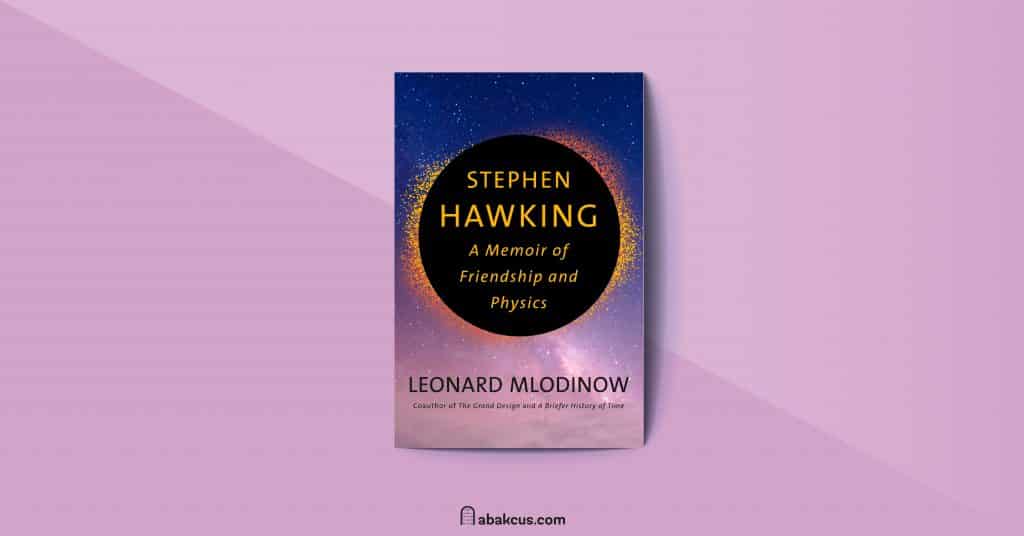
Stephen Hawking, one of the most prominent physicists of our time, impacted the lives of millions of people all around the world. Leonard Mlodinow pulls this complicated guy into focus in a portrait that is one of a kind and intensely personal by drawing on his nearly two decades of experience as Stephen Hawking’s friend and collaborator.
We are introduced to Stephen Hawking, a brilliant mind who devoted his life to unraveling the mysteries of the cosmos, ultimately developing a paradigm-shifting theory of black holes that rekindled interest in the scientific field of cosmology and opened the door for physicists to investigate the beginnings of the universe in completely novel ways. We are introduced to Stephen Hawking as a coworker, a man whose sickness slows his speech to a rate of barely six words per minute but who nonetheless makes an effort to inject humor into the middle of his chats. And now we meet Stephen Hawking, the friend who can communicate a great deal with just a frown, a smile, or even an eyebrow raised.
Mlodinow brings us into the room with Hawking as he satisfies his taste for wine and curry, expresses his emotions on love, death, and handicap, and struggles with profound topics about philosophy and physics. Mlodinow captures the indomitable spirit of Stephen Hawking by depicting his devotion to his work, demonstrating how he would make spur-of-the-moment choices, such as punting on the River Cam. Spinning tales of Hawking defiantly urinating in the hedges outside a restaurant with no wheelchair-accessible toilet.
This inspiring narrative of a friendship provides us with priceless lessons from one of the most accomplished physics practitioners about life, the universe, and the ability to triumph over formidable challenges.
― Leonard Mlodinow, Stephen Hawking: A Memoir of Friendship and PhysicsUntil the End of Time: Mind, Matter, and Our Search for Meaning in an Evolving Universe by Brian Greene
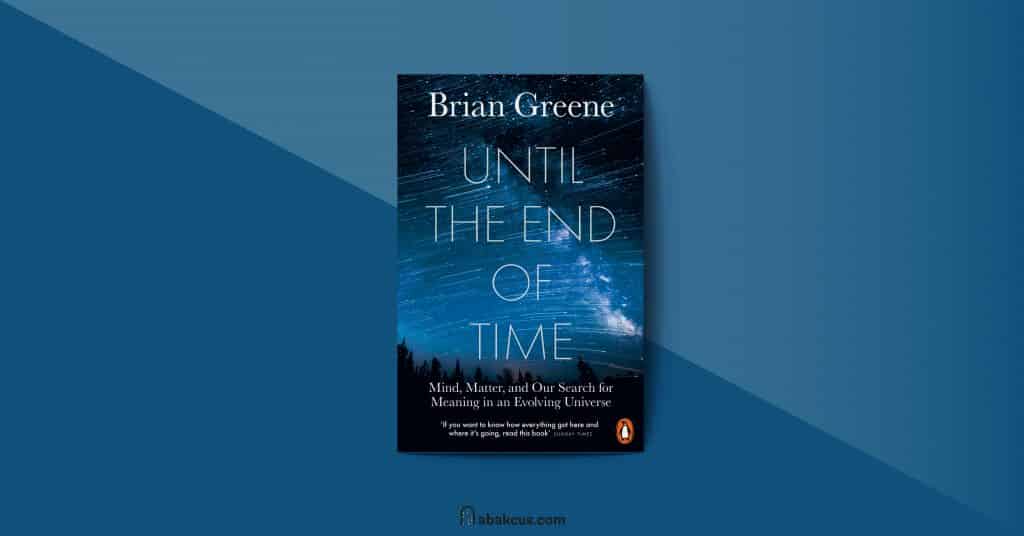
This fascinating new examination of the cosmos and the human search to find meaning in the face of such an immense expanse is brought to us by Brian Greene in his novel Until the End of Time. Greene takes us on a journey from the big bang to the end of time, exploring how stable structures formed, how life and the mind emerged, and how we struggle with our existence through narrative, myth, religion, creative expression, science, the search for truth, and a profound yearning for the eternal.
From subatomic particles to planets, from consciousness to creative expression, and substance to meaning, Brian Greene makes it possible to comprehend and enjoy the ephemeral but magnificent moment we are experiencing here in the cosmos.
“We die. That may be the meaning of life. But we do language. That may be the measure of our lives.”
― Brian Greene, Until the End of Time: Mind, Matter, and Our Search for Meaning in an Evolving UniverseThe Dream Universe: How Fundamental Physics Lost its Way by David Lindley
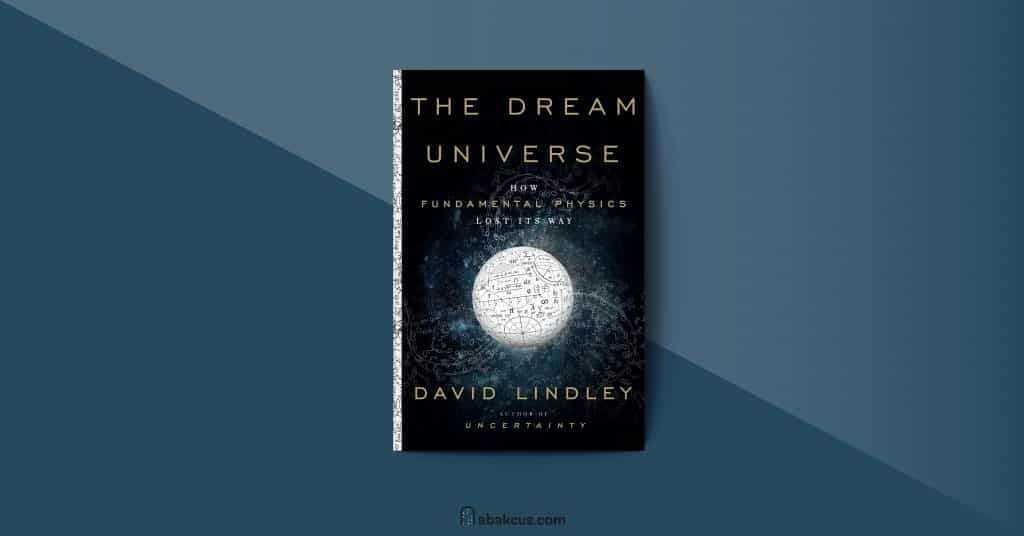
Galileo was able to free himself from the constraints of classical Platonic and Aristotelian thought at the beginning of the seventeenth century. He stated that we should base our idea of reality on what we can observe rather than pure thought. He fundamentally altered the lens through which we perceive the natural world. This was a significant step toward establishing the scientific method. In doing so, he established the foundation for what we now refer to as the scientific method.
This laid the groundwork for all subsequent groundbreaking discoveries, including those made by Kepler, Newton, and Einstein. But when quantum physics, with its extremely difficult mathematical formulations, entered the picture at the beginning of the twentieth century, things started to move in a new direction. Many physicists started focusing their attention first on the equations and then on the physical reality. As we explore realms that are farther and further removed from what we can see and what we can test, we will need to go to sophisticated and aesthetically attractive equations to expand our understanding of what reality is.
Because of this, a significant portion of contemporary theoretical physics is something more analogous to the philosophy of Plato than the science that the physicists are heirs to. In his book, “The Dream Universe,” Lindley explores what happens to science when it is fully severed from its connection to quantifiable events.
But that creates another problem. What is going on when you throw a stone into the air? It goes up and then comes down. Anyone could see that. But Aristotle said that motion only happens when something makes it happen. Once the stone has left your hand, it continues to rise. Something must still be pushing it, but what? This was a real puzzle for which no one found a very good answer.
― David Lindley, The Dream Universe: How Fundamental Physics Lost its WayThe Physics Book: Big Ideas Simply Explained by by Jim Al-Khalili

In this approachable introduction to the forces that create our Universe, our planet, and our life on a day-to-day basis, you will investigate the laws and theories of physics.
The Physics Book takes an approach that is bold and graphic-led, and it lays out more than eighty key concepts and discoveries that have defined the discipline and shaped our technology since the beginning of time. This is accomplished by using a bold style. Seven thematic chapters examine the history and developments in fields such as energy and matter, electricity and magnetism, and quantum, nuclear, and particle physics. The emphasis is placed squarely on deconstructing the reasoning that underpins each theory and investigating when and how each idea and breakthrough came to be.
There are many examples of people having “eureka” moments, such as when Pythagoras noticed the pleasing harmonies created by vibrating strings, when Galileo conducted experiments with spheres when Isaac Newton had his apple fall to the ground and came to conclusions about gravity and the laws of motion, and so on. You’ll also understand the revelations made by Albert Einstein regarding relativity, how the unintentional discovery of cosmic microwave background radiation confirmed the Big Bang theory; the search for the Higgs boson particle; and the reasons why the majority of our Universe is missing. This is the perfect book for you if you’ve ever wondered how physicists created and demonstrated their abstract concepts because it explains everything in great detail.
“Careful observation and a questioning attitude to findings are central to the scientific method of investigation, which underpins physics and all the sciences.”
― Jim Al-Khalili, The Physics Book: Big Ideas Simply Explained



